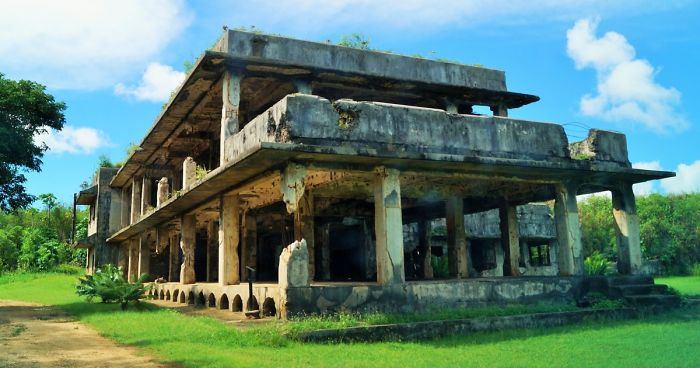
These Abandoned Places In The US Territories Will Change Your Understanding Of The USA
An American Stonehenge. World War II tanks and bunkers still standing in jungles and on beaches. A cable car spanning one of the South Pacific’s most spectacular harbors. The U.S. territories don’t get much attention, but these far-flung islands are as intriguing and important as anywhere else in the nation—just look at these remarkable sites and the tales they tell.
I visited all five territories—Puerto Rico, the U.S. Virgin Islands, American Samoa, Guam, and the Northern Mariana Islands—while researching my new book, THE NOT-QUITE STATES OF AMERICA, which examines the territories’ role in American history, past and present.
I spoke to hundreds of people about their everyday lives and the vibrant cultures and stories of these often-overlooked parts of the USA. And I also journeyed down back roads and into the jungle to see buildings and sites from the territories’ pasts, including some places that truly altered the course of history and deserve far more attention.
Here are some highlights—and, of course, they’re just the beginning of the territories’ stories.
At the end, I’ve included a couple of Minor Outlying Islands, which I didn’t visit myself (they’re remote, uninhabited and technically off-limits) but also hold Hollywood-worthy tales.
—
Photos by Doug Mack unless otherwise stated. My own photos weren’t always great, so I’ve sourced others in a few cases, as noted.
More info: Facebook
The North Field on Tinian (Northern Mariana Islands)
In the years leading up to World War II, the island of Tinian was a Japanese colony and one of the nation’s key military outposts in the Pacific (this photo shows one of the air administration building). The US military invaded in 1944, taking over the island and expanding the facilities, including building four parallel runways and making this the world’s busiest airfield. This is where, in August 1945, two atomic bombs were loaded into aircraft and sent on their fateful journeys to Japan. Today, this whole sprawling site is abandoned—no tours, no admission fees, no gates … just old buildings and tanks and runways slowly disintegrating and being taken over by the jungle. (Tinian, along with the rest of the Northern Mariana Islands, officially became part of the USA in 1976.)
House of Taga on Tinian (Northern Mariana Islands)
Mushroom-like latte stones, made of two separate pieces, are found across the Mariana Islands, erected by the indigenous Chamorros as the base of traditional houses centuries ago. None are more impressive than the House of Taga, where the twelve columns are each sixteen feet tall (only one remains upright today) and weigh up to fifteen tons apiece. According to legend, this Micronesian Stonehenge was built by a chief of superhuman strength. If this were anywhere in the states, it would be a world-famous landmark, with tour buses lined up every day.
La Fiesta Mall on Saipan (Northern Mariana Islands)
An enduring symbol of Saipan’s boom and bust, La Fiesta opened in 1993, and had more than forty stores at its peak, including Rolex and Chanel. But after the Japanese economy faltered in the late 1990s, Saipan’s tourism base collapsed, and the mall closed in 2004. The island’s broader economy has also struggled mightily, for a host of reasons, and there are many other abandoned buildings.
SMS Cormoran and Tokai Maru on Guam
Guam became a U.S. territory in 1898, and played roles in both World War I and World War II—and in Apra Harbor, you can touch ships from each conflict at the same time. The SMS Cormoran was a German warship sunk in 1917, during World War I, and the Tokai Maru (pictured here) was a Japanese cargo ship sunk by American forces in 1943, in the middle of the Japanese occupation of the island.
Image credits: upload.wikimedia.org
Yokoi’s Cave on Guam
Japan invaded Guam in December 1941, and occupied the island until the summer of 1944, when Uncle Sam came storming back. The Battle of Guam was the deadliest battle ever on American soil, and in its aftermath, many Japanese soldiers fled into the jungle, some of them hiding for years or even decades. This bamboo cave was the home of the last “holdout,” Sergeant Shoichi Yokoi, who was found on Guam in 1972, after hiding here for twenty-eight years.
Image credits: upload.wikimedia.org
Cable cars on Tutuila (American Samoa)
In the 1960s, a new television tower was built atop Mount Alava, in part to beam an innovative new educational TV program into classrooms. The tower was accessible by a cable car line spanning 6,000 feet across the Pago Pago harbor. It was a popular tourist attraction until 1980, when a military plane performing a ceremonial flyby clipped the cable. Eight people died in the accident and the cable car was shut down.
Fort Willoughby in the U.S. Virgin Islands
In the centuries before the U.S. Virgin Islands joined the USA, in 1917, these Caribbean islands were claimed and fought-over and contested by a succession of European powers. Fort Willoughby, on tiny Hassel Island, may be the only fort in the USA that has served both the Danish and British militaries…but never American forces.
Image credits: upload.wikimedia.org
The Last Command Post on Saipan (Northern Mariana Islands)
In the decades before World War II, the Northern Marianas were a Japanese colony. The USA invaded in June 1944 moving from the south of the island to the north, before taking the island on July 9. The Japanese military’s final stand was at this bunker built into a cliff near Marpi Point.
Image credits: upload.wikimedia.org
Hajiman Jinja Shrine on Saipan (Northern Mariana Islands)
You’ll need a local guide to find this Shinto shrine, hidden in a small canyon in the jungle. It dates to the 1930s, when the growing Japanese empire sought to assert a strong sense of nationalism across its holdings, including Saipan. Just outside the canyon is a small plaza, once elegant but now slowly being reclaimed by the jungle.
Catherineberg Sugar Mill Ruins on Saint John (U.S. Virgin Islands)
One of the most famous slave rebellions in the Caribbean was in 1733, when the slaves on Saint John took over the nearly the entire island for six months. The slaves held various sites, including a fort and multiple estates (plantations), among them Catherineberg, which served as the base for a group of slaves from the Amina tribe.
Image credits: upload.wikimedia.org
Image credits: upload.wikimedia.org
Flamenco Beach on Culebra (Puerto Rico)
From the late 1930s until 1975, the U.S. military used this beach for training. When they left, multiple Sherman tanks stayed behind, and remain in the sand today. But they’re more than rusting eyesores–they’ve also become ever-changing canvases for artists.
Image credits: upload.wikimedia.org
Navassa Island (Minor Outlying Islands)
In 1856, Congress passed the Guano Islands Act and American ships set out to claim dozens of uninhabited but guano-rich specks in the sea, including Navassa, just off the western edge of Haiti. None of the Guano Islands are officially inhabited, today, but many retain the ruins of their mining heydays, including railroads and small ghost towns. Look closely at this photo of the old lighthouse keeper’s residence on Navassa, and you can that some enterprising trespassers have set up camp.
Image credits: coastal.er.usgs.gov
Howland Island (Minor Outlying Islands)
Howland Island, in the Pacific Ocean, was also claimed by the USA in the 1800s guano rush, but it was all mined out by 1871. In 1935, though, the U.S. government wanted to re-claim this and two other small islands in anticipation of the coming war. The government recruited young men from Honolulu to colonize these barren islands. They fished and studied birds and built shacks, fished, and studied birds. They were also prepared to welcome Amelia Earhart in 1937, but she vanished on en route here. In 1941, Japan attacked Howland, killing two of the colonists, and the island was permanently evacuated two months later.
Image credits: upload.wikimedia.org
36Kviews
Share on Facebook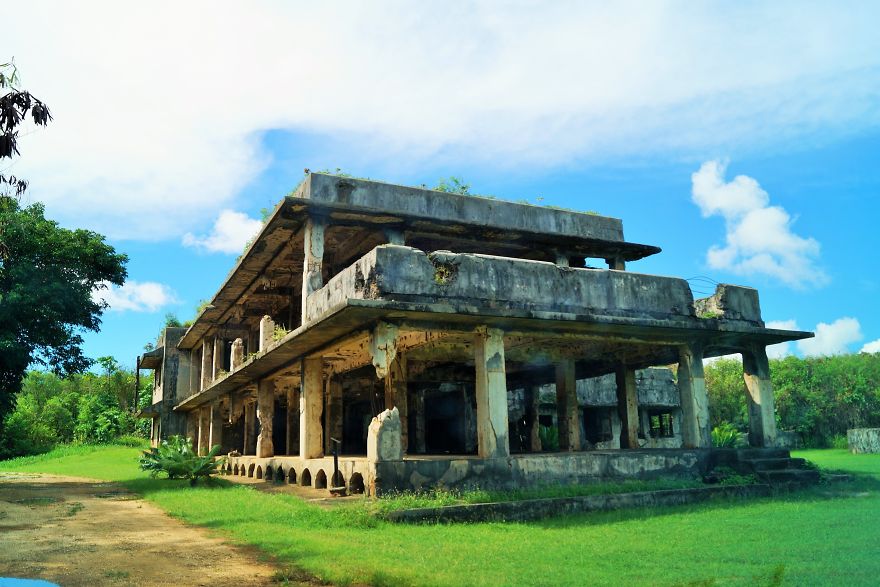
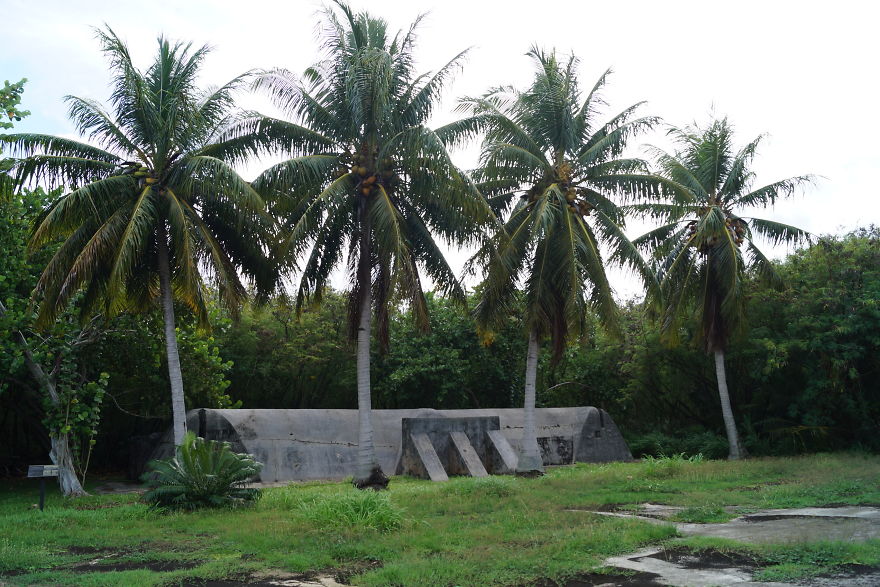
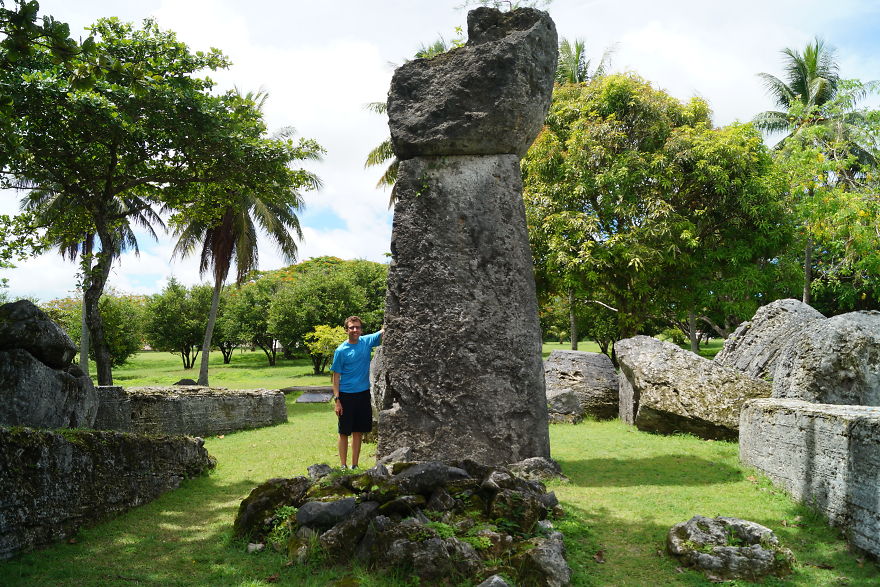
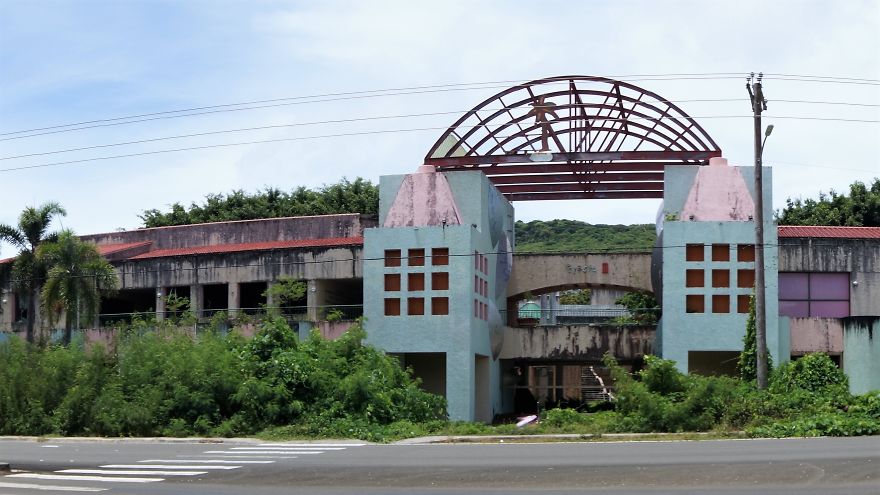
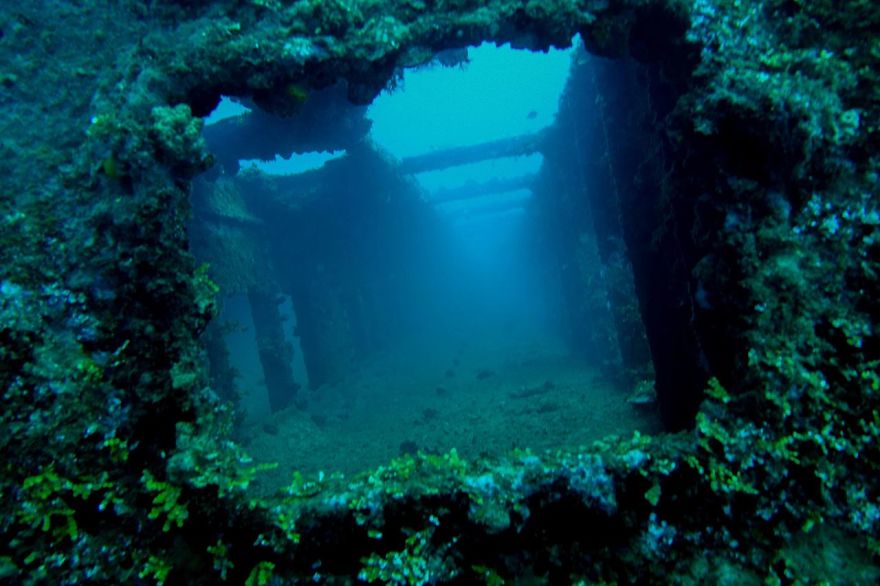
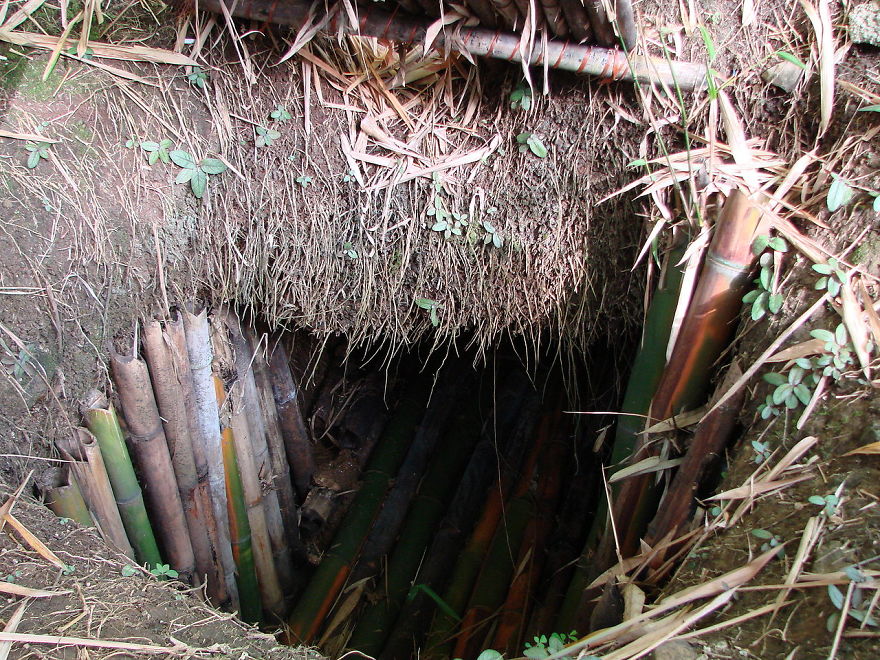
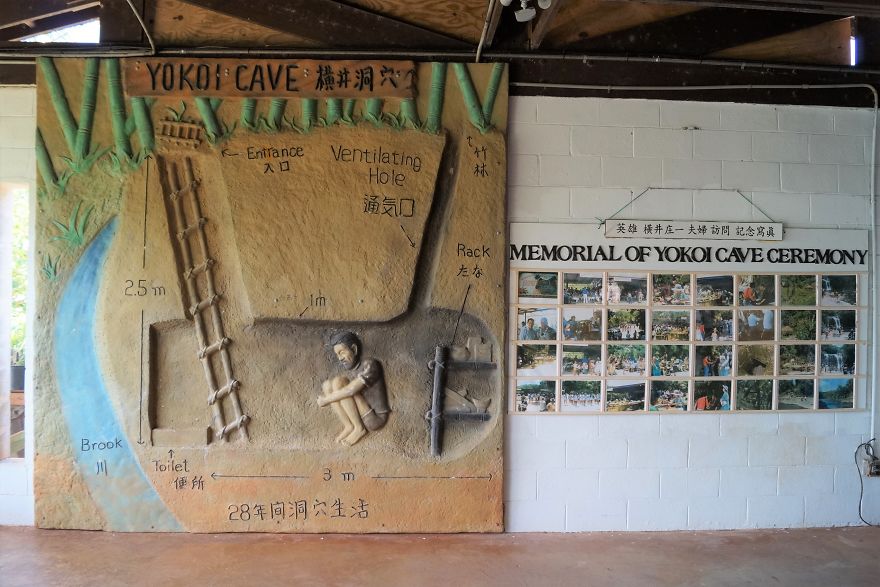
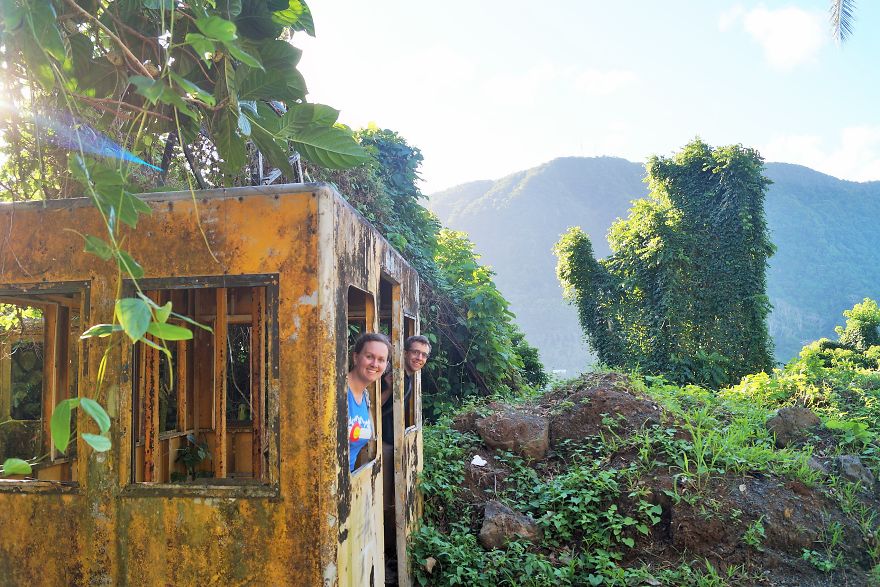
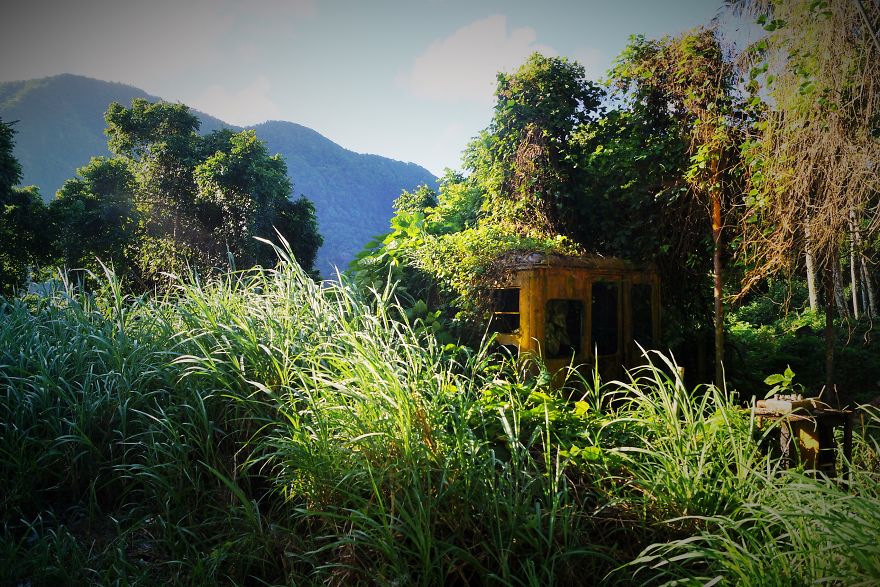
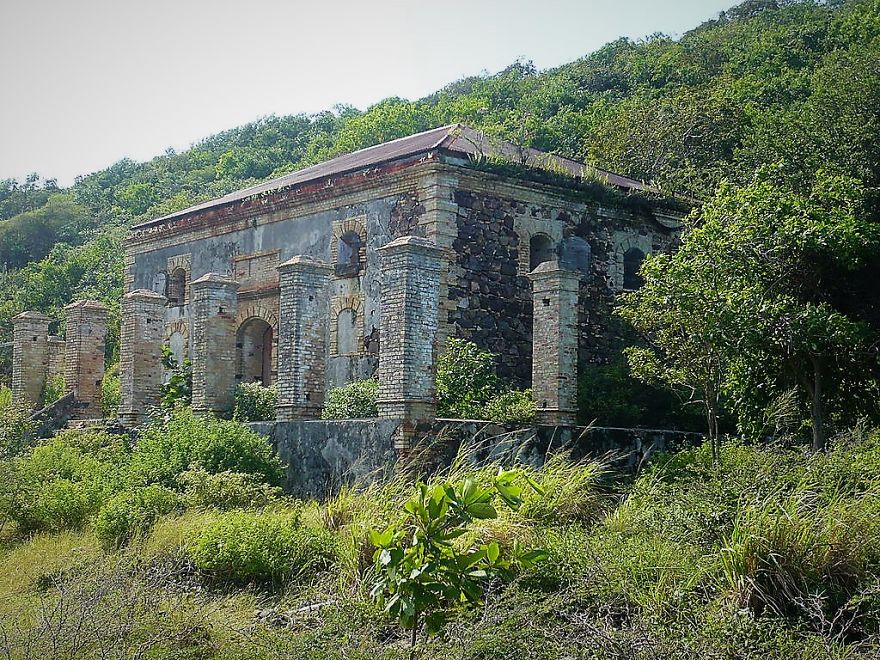
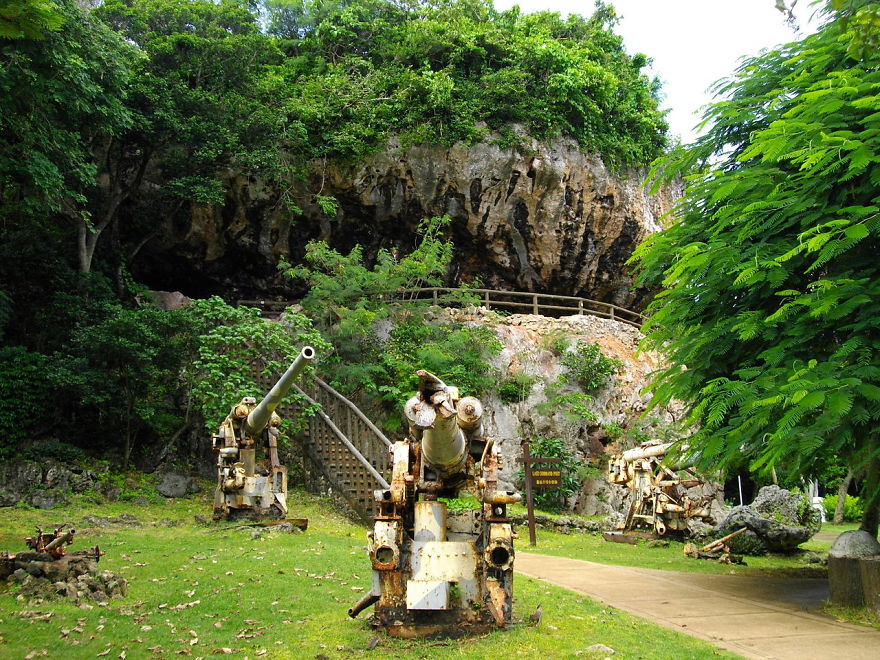
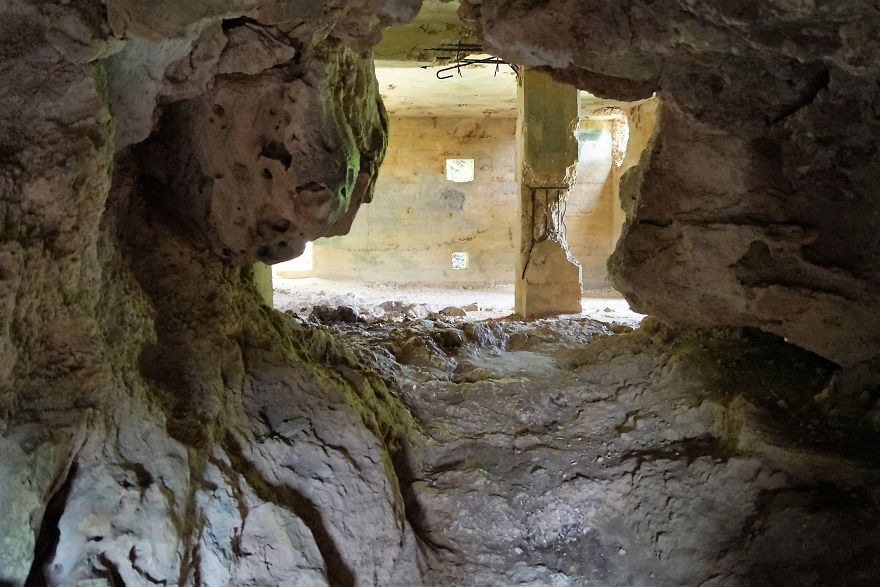
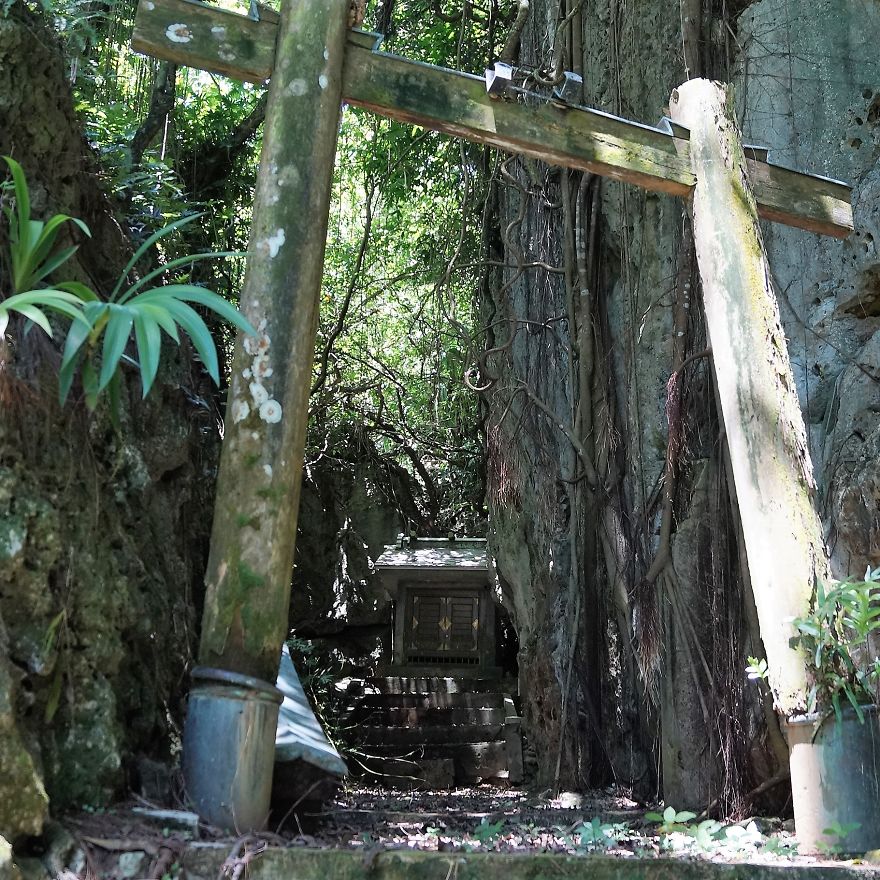
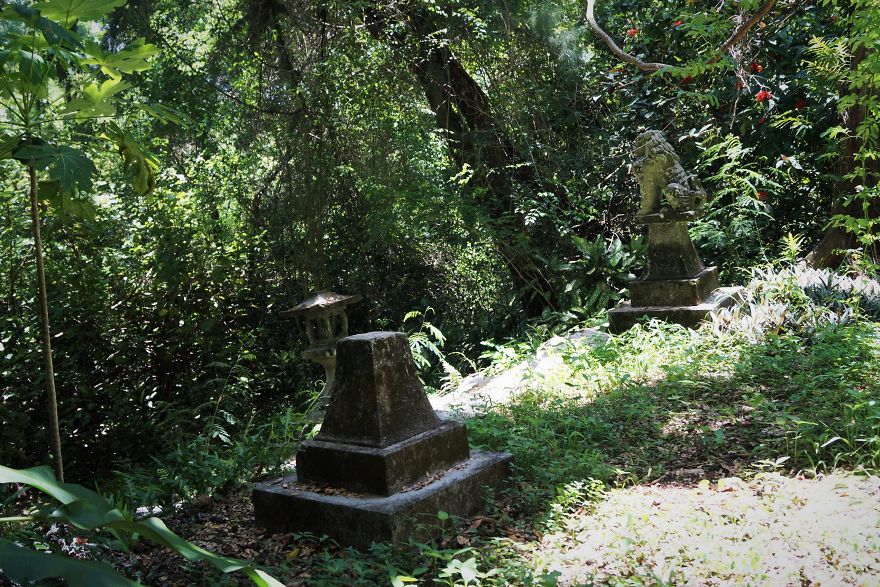
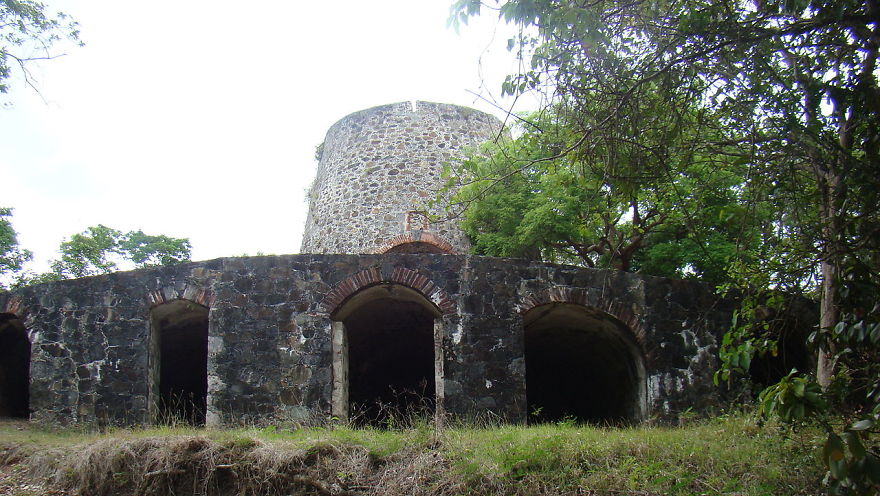
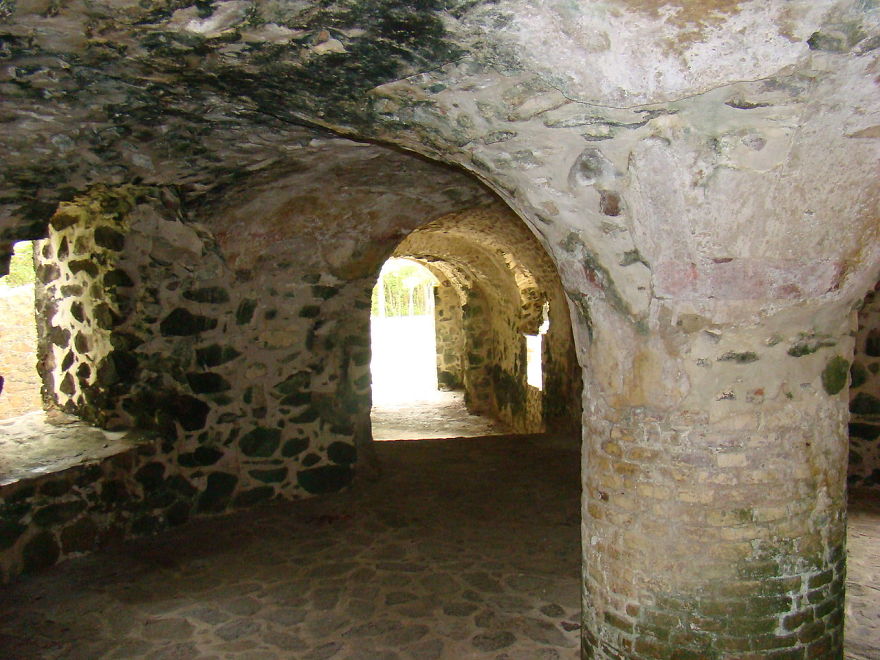
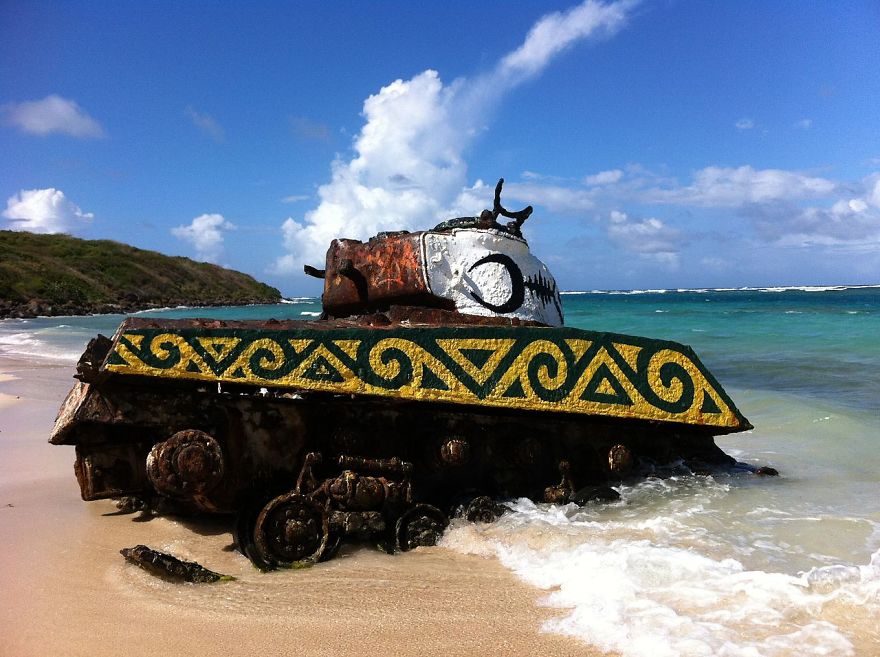
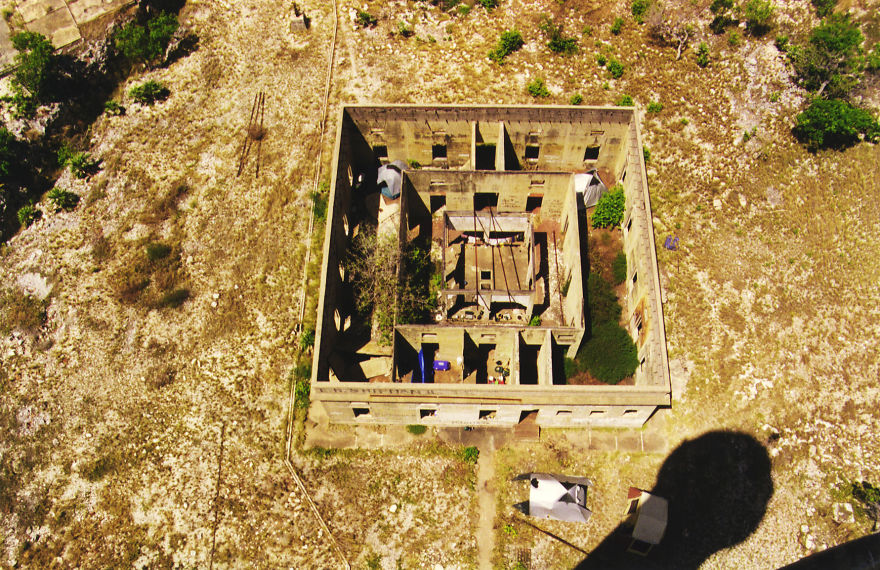
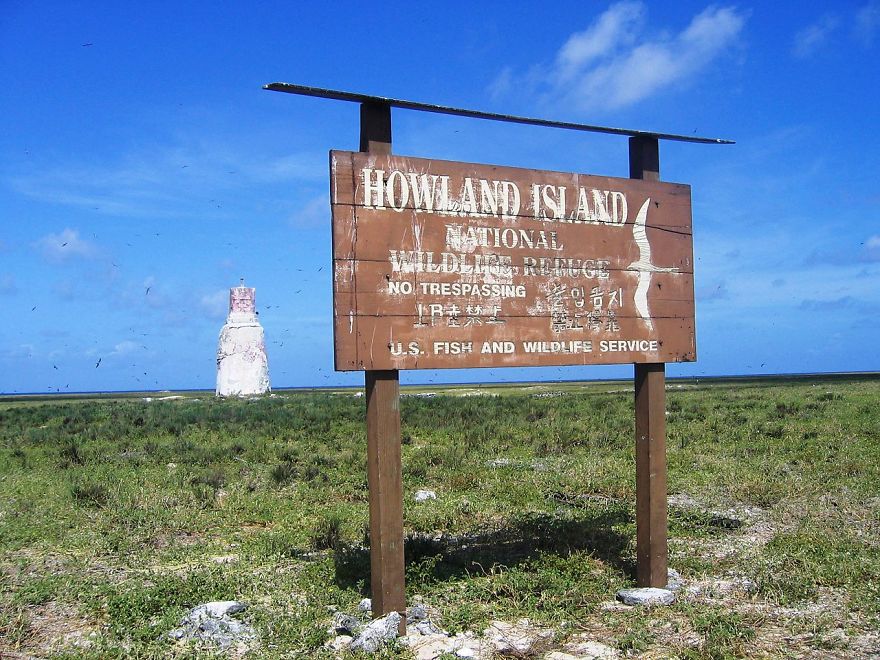
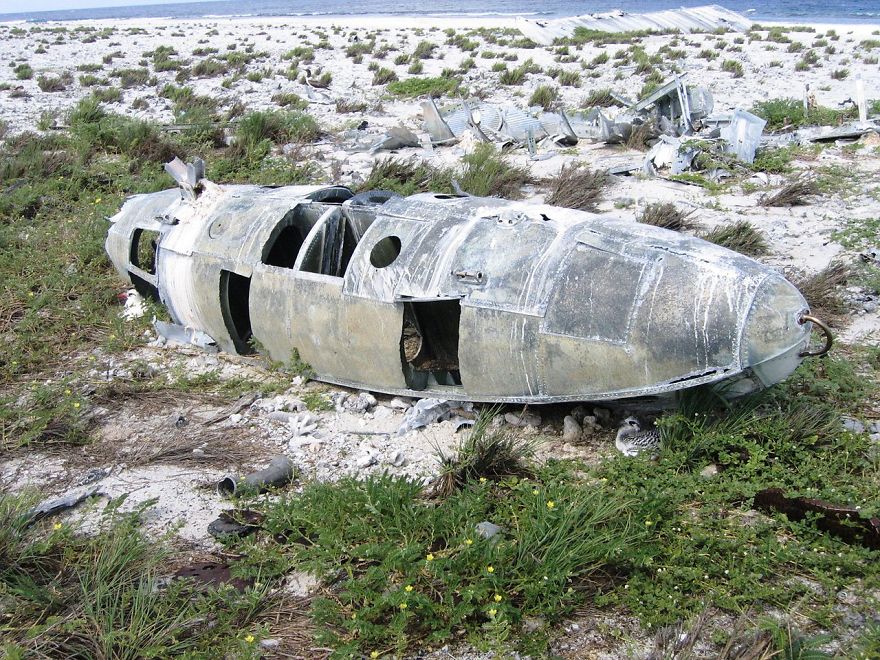



49
4